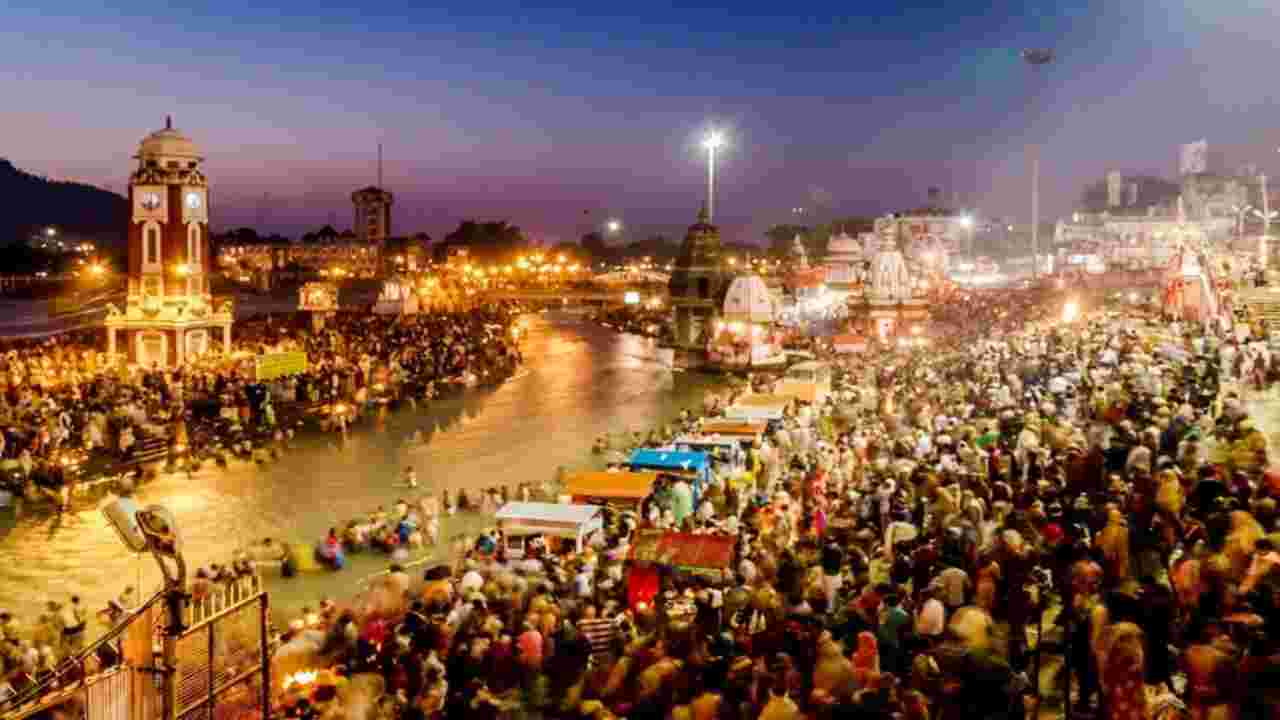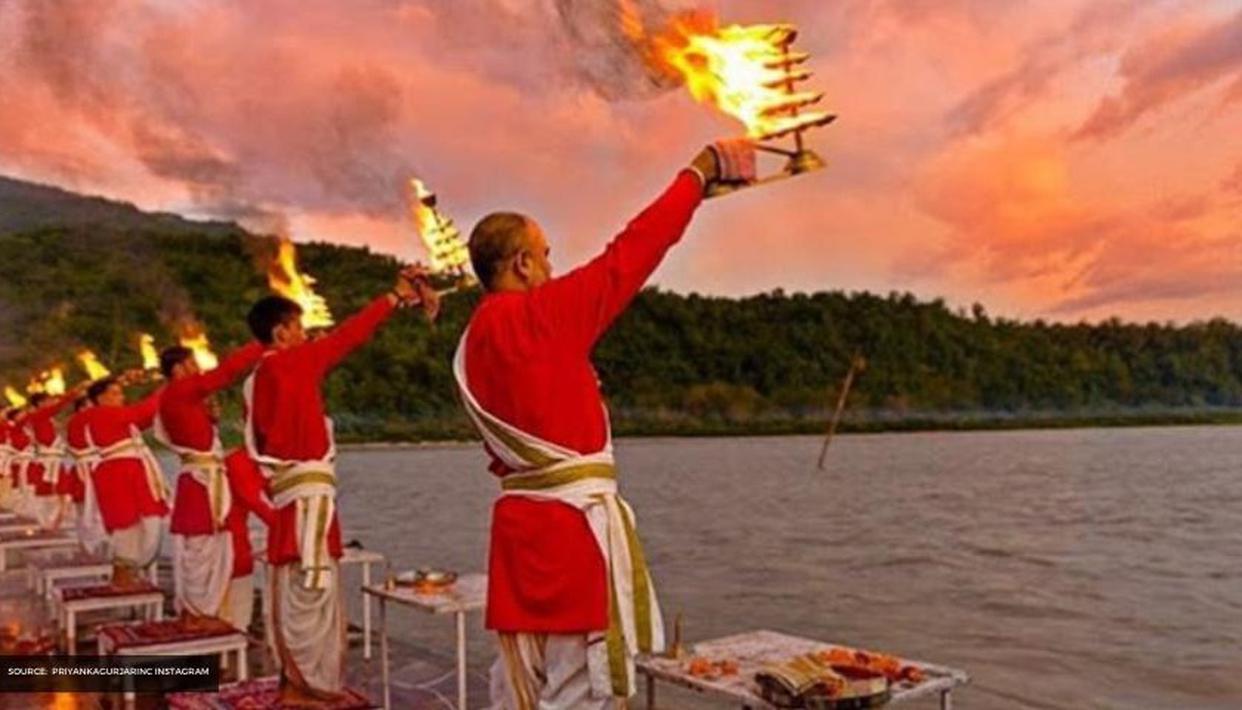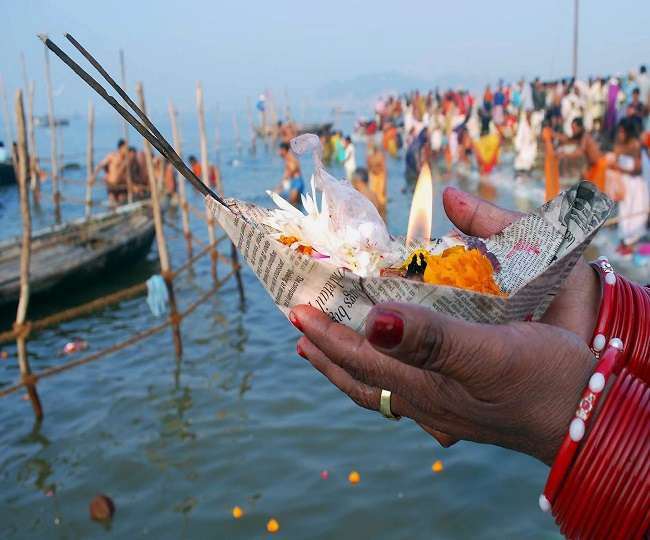Ganga Dussehra : The Religious and Cultural Importance
Ganga Dussehra festival is celebrated on the tenth day of Shukla Paksha in the month of Jeth. It is believed that the river Ganga landed on the earth in the constellation Hasta on this day. According to mythology, bathing in the Ganges on this day yields special fruits, so on this day, Lord Shiva is anointed with the worship of the Ganges or any other sacred river and lake. Donations and fasting are of special importance on this day. This day is called Dussehra because of the destruction of ten types of sins. The ten types of sins, which fall into three categories, physical, verbal and mental, are easily destroyed by virtuous deeds performed on this day.

Ganga Dussehra
There is more mass in June this year. Ganga Dussehra is celebrated in the month of Jeth in the year in which there is more month and not in the month of pure Jeth. Today, a crowd of devotees gathers at Gosaikunda in Rasuwa district.
What do the Puranas say?
Regarding the importance of the Ganges, it is written in the Skanda Purana that bathing and almsgiving are of special importance on this day as Jeshtha Shukla Dashami is considered to be the anniversary. It involves bathing and almsgiving. Going to any river or lake and doing agharya and tarpan is especially fruitful. Doing so removes ten sins equivalent to a sin. If the eldest Shukla falls on the day of Dashami on Tuesday and also falls on Hasta Nakshatra, then he is the destroyer of all sins.
According to the Varaha Purana, on the first Wednesday of Jestha Shukla Dashami, the river Ganga descended from heaven to earth in the constellation Hasta, which destroys all sins. That is why this day is called Dussehra. Bathing in the month of Jeth, Shukla Paksha, Dashami Tithi, Hasta Nakshatra, Gar, Ananda, Vyatipat, Virgo Moon, Taurus Sun on the day of the union of ten yogas washes away all human sins.

Ganga Dussehra
According to the Skanda Purana, a person who stands on the water of the Ganges on the day of Dussehra and recites the Ganga Dussehra hymn ten times in the Skanda Purana, all his sufferings are destroyed. Even those who are poor and incapable get the fruits of Ganga Puja by preparing all the ingredients.
Must Read
Legend of Ganga Dussehra
It is a matter of time. After completing the 99 Ashwamedha Yajna, Suryavanshi Maharaj Sagar left the horse Yajna for hundreds of Yajnas in defense of his 60,000 sons. Since hundreds of yajnas are completed, Sahagar will also be Indra, so to prevent that from happening, Indra stole the horse and tied it to Maharshi Kapil’s ashram. When Sagar’s sons did not see the horse, they searched around.
After searching all over the world but not finding a horse, the mighty Sagar sons started digging the earth. Eventually the horse was found grazing in the ashram below Kapil. Nearby, Mahshir Kapil was buried. In the heat of the moment, Sagar’s sons lost consciousness and started shouting and insulting Kapil as a thief.
Mahishir Kapil’s tomb was destroyed. He opened his eyes angrily and saw that a flame of fire came out and consumed all the sons and cavalry of King Sagar.
When the sacrificial horse did not arrive on time, King Sagar sent his grandson Anshuman to look for the sacrificial horse. Anshuman reached the ashram below Kapil and found the horse. He brought a horse. After understanding all the details, Sagar went to perform penance by handing over the kingdom to his grandson Anshuman with the intention of bringing Ganga to earth for the salvation of his sons. He died in the process of penance. Later, Anshuman also gave penance to his son Bhagiratha and went to do penance with the intention of bringing Ganga to earth. He did not succeed in this. He also died.

Ganga Dussehra
Bhagiratha had no children. In order to save the fathers, he went to the ministers of state to do penance in case of death. Pleased with his penance, Brahmaji gave him the gift of taking Ganga to earth and said, ‘Bhagirath! You will take Ganga to the earth, but will the earth be able to stop the speed of Ganga? Got it? Only Mahadev has the power to stop the flow of Ganga, first make him happy. ‘
After consulting Brahma, Bhagiratha made Mahadev happy by doing penance and got assurance from Mahadev to stop the flow of Ganga. The Ganges fell to the earth as fast as the world could. Mahadev made Ganga look like a prisoner by slapping her on his huge braid. After Bhagiratha called Mahadev again, Mahadev made seven holes and released Ganga.
Before Bhagirath in the chariot, Ganga was following the same path. On the way, Maharshi Janhu’s ashram fell. Ganga flooded her ashram. Angered by this, Maharshi Janhu used the power of yoga to drink the entire Ganga. Ganga dried up. Bhagiratha again prayed to Maharshi Janhu and told him about his problem. Then Janhu tore his knee and took Ganga out. That is why Ganga is also called Janhvi.
Eventually, Bhagiratha took Ganga to the ashram under Kapil. After the salt water was mixed in the water of Ganga, all the sons of Sagar were released. Ganga is also called Bhagirathi because it was brought to earth by Bhagirathi. In this way, the Ganga brought by Bhagiratha through untiring efforts is still on the earth. Sanctifying the environment, the Ganges, which flows uninterruptedly from the Himalayas to the oceans, has made eternal life on earth.
Comment Here!